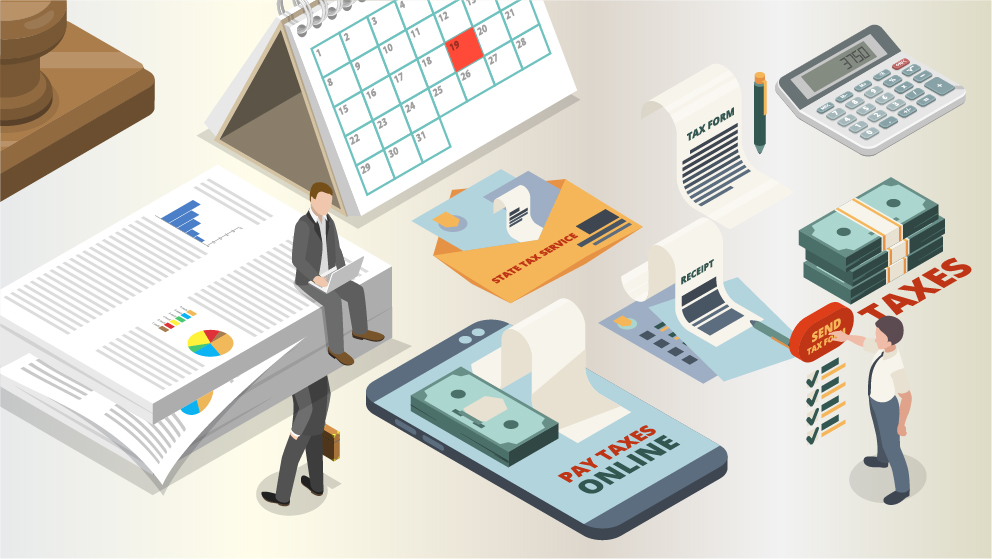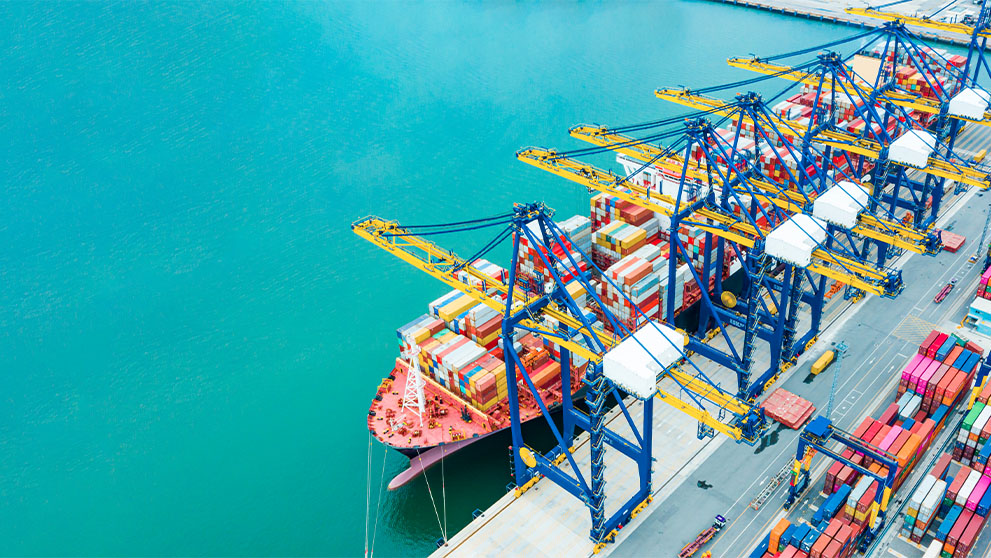B2B logistics can be complex, often involving the movement of large quantities of goods over long distances – with the involvement of several different stakeholders along the way. For B2B wholesale players, operating a seamless supply chain is integral to ensure goods get to be where they need to be on time and in the most cost-effective manner. This article explores the best B2B wholesale logistics practices to implement.
What is B2B logistics?
B2B logistics covers all the steps involved in the movement of goods between suppliers, manufacturers, distributors and retailers. It includes warehousing, inventory management, order fulfilment, packaging, distribution and transportation.
The importance of streamlining B2B logistics
With the growth of B2B e-commerce, the pressure is on businesses to deliver goods to customers faster and cheaper. Despite this, they often face several challenges:
Complexity: The typical B2B supply chain tends to involve several different stakeholders. Coordinating and meeting each of their unique requirements can be a challenge.
Geopolitical conflicts: When supply chains span multiple countries, issues such as trade restrictions, tariffs, or transportation route disruptions can make it difficult to ensure timely deliveries.
Labor shortages in transportation, warehousing, or manufacturing can slow down operations, leading to delays and inefficiencies in the logistics process.
Bottlenecks and delays at ports, distribution centers, or during transit can create supply chain disruptions, increasing lead times and complicating inventory management.
Higher production costs due to rising raw material prices, energy expenses, or inflation can make logistics more expensive, forcing businesses to increase their pricing – which, of course, reduces their competitiveness.
To mitigate these challenges and remain agile amidst unpredictable market changes, businesses should invest in optimizing all steps of the B2B supply chain.
Streamlining B2B logistics: 6 best practices to follow
By optimizing your B2B supply chain management, your business can reduce costs, improve customer satisfaction, and enhance competitiveness. Let’s explore how.

1. Evaluate your current set-up
Before making any improvements, conduct a thorough assessment of your existing B2B logistics operations. This will help you to identify inefficiencies, bottlenecks, and opportunities for optimization.
Look at areas such as:
Order processing: How are orders currently received, processed, and fulfilled?
Inventory management: Do you have accurate and real-time tracking of stock levels?
Warehousing efficiency: Is your warehouse layout optimized for speed, e.g., are the most in-demand items closest to the packing stations?
Key Performance Indicators (KPIs): Assess your Order Accuracy Rate and On-Time Delivery Rate – are they competitive enough?
Customer satisfaction: Are your customers happy with the service you offer? What are their common complaints?
This evaluation will help you to build a clear roadmap for areas that need improvement before implementing new strategies.

2. Assess your production volumes
Understanding your production capacity is crucial as it will directly impact your storage, transportation and distribution strategies. Consider:
Maximum weekly output: Identify how many units your business can produce under normal operating conditions.
Seasonal variations: Account for fluctuations in demand that may require increased or decreased production.
Production constraints: Consider factors like labor availability, machine capacity, and raw material supply – all of which can impact your production volume.
From there, you can find the optimal logistics solutions for your needs. For example, a business with low production volume (e.g., 1,000 units per week) has more flexibility and can leverage small-scale warehousing or on-demand fulfillment centers.
Those with high production volume can tap into technology like an advanced Warehouse Management System to optimize storage. They may even opt to form a strategic partnership with a 3PL provider for scalability.

3. Implement an online ordering system
83% of today’s B2B buyers prefer ordering online1. With the growth of B2B e-commerce, businesses within the sector must embrace online ordering systems that give buyers the same seamless experience they have in their B2C transactions.
Self-service ordering brings with it many benefits including faster order processing, fewer manual mistakes, and account dashboards which allow buyers to manage and track their orders.
You may wish to consider:
Self-hosted solutions: Customizable platforms that businesses host on their own servers, allowing full control over features, security, and integrations (e.g., Magento, WooCommerce B2B).
Cloud-based platforms: Subscription-based, provider-hosted solutions that offer scalability, automated updates, and built-in tools for managing bulk orders and customer-specific pricing (e.g., Shopify Plus, BigCommerce B2B).
Wholesale marketplaces: Third-party platforms that connect wholesalers with business buyers, facilitating bulk purchasing, negotiations, and transactions within a shared marketplace (e.g., Alibaba).

4. Embrace technology and automation
B2B businesses which invest in the latest AI-driven solutions will benefit from reduced operational costs and enhanced supply chain efficiency. Examples of technology your business could implement include:
- Warehouse Management System (WMS) to support your day-to-day operations. The software tracks goods from the moment they arrive at your warehouse and manages every step of the fulfillment process – including order allocation, inventory replenishment, and delivery schedules. It can even optimize the warehouse’s layout to make the best use of space. And, with the real-time data a WMS gives, your customers can receive regular updates about their orders’ status.
- Transport Management System (TMS). This plays a key role in effective supply chain management, and its benefits to your business include:
- Optimized route planning: a TMS will determine the most efficient route for each shipment, considering factors like distance, traffic and available resources.
- Streamlined procurement: a TMS acquires carriers’ shipping rates, displaying them in real-time and in one place, making price comparisons easier. You can also filter carriers based on criteria such as rates, transit time and capacity.
- Analytics: a TMS can forecast transportation demand and analyze rates, helping you to make swift, data-driven decisions.

5. Refine your pricing strategy
B2B logistics pricing is more complex than B2C because it involves factors like bulk discounts, custom pricing, and long-term contracts. Yet, it’s important to finetune it to keep your business competitive.
When pricing your goods, consider:
- Volume discounts: Offer tiered pricing based on order size, to incentivize bulk purchases.
- Shipping & delivery costs: Include costs for packaging and last-mile delivery.
- Inventory holding costs: Factor in costs related to warehousing, handling, and stock management.
- Lead time: Offer discounts for shorter lead times or expedited shipping services, while charging more for faster delivery.
- Custom pricing agreements: Develop specific contracts or pricing agreements based on client relationships and order frequency.
For fast, international B2B shipping, open a DHL Express Business Account.
1 - Gartner, 2022



















